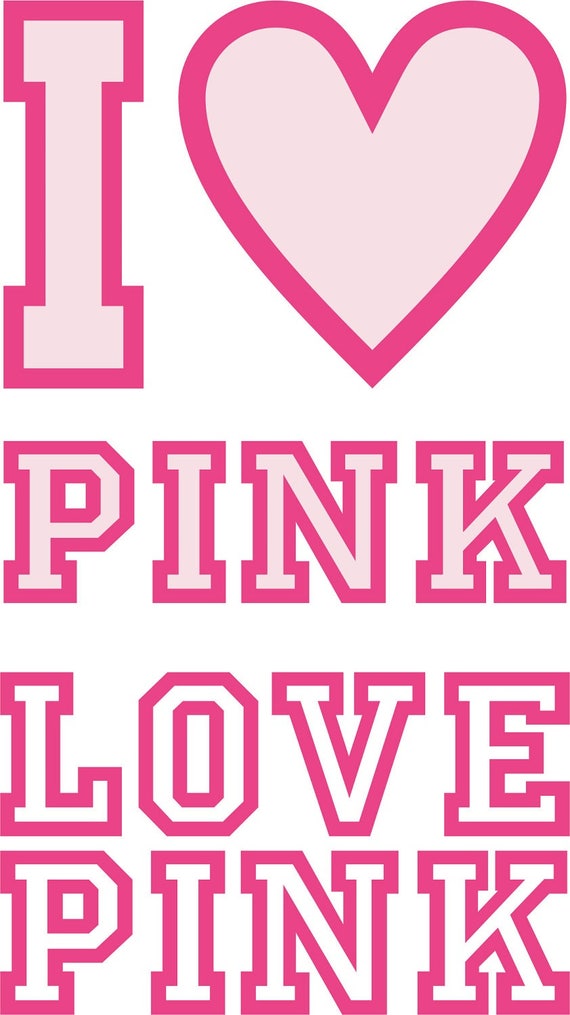

If the mounted source for some reason is no longer accessible (in my case my domain password expired), the mount point directory is empty and (at least for me) the mount no longer shows up in /proc/mount. In this situation, mount is probably your best option for seeing what's mounted. Of course, if the /proc virtual filesystem is itself not mounted, then you cannot read any of the virtual files in it, which would include /proc/mounts. This is not to be confused with /etc/fstab, which contains a list of filesystems that are supposed to get mounted automatically when the system starts up. Under normal conditions (i.e., when the filesystem that contains it can be written to), /etc/mtab contains a list of currently mounted filesystems. In this situation, running mount would typically tell you (incorrectly) that / was mounted readwrite. For a complete and exact list of currently mounted filesystems, you should read the contents of /proc/mounts (e.g., with cat /proc/mounts).įor example, if mounting / readwrite failed and it was then mounted readonly as a fallback, /etc/mtab (which the mount command reads from to tell you what's mounted, and writes to-if it can-when it changes what is mounted) would not be updated to reflect that / (which contains /etc/mtab) is currently mounted readonly. Most of the time, mount is the most convenient method. The reason why you'd sometimes want to consult /etc/mtab in preference to or in addition to /proc/mounts is that because it has access to the mount command line, it's sometimes able to present information in a way that's easier to understand for example you see mount options as requested (whereas /proc/mounts lists the mount and kernel defaults as well), and bind mounts appear as such in /etc/mtab.

Actions performed while /etc/mtab is on a read-only filesystem are also not recorded there. Also, mounts performed in the chroot will be reflected in the chroot's /etc/mtab but not in the main /etc/mtab. In practice, it's mostly in a chroot that you'll find /etc/mtab files that differ wildly from the state of the system. That means that if you don't use these commands (which is pretty rare), your action (mount or unmount) won't be recorded. This list is maintained by the mount and umount commands.

There's also a list of mounted filesystems in /etc/mtab. ( There are ways to escape the chroot, mind.) For example, in a chroot, /proc/mounts lists only the filesystems whose mount point is within the chroot. If you have any form of containers on your system, /proc/mounts only lists the filesystems that are in your present container. If you don't see those colors, you can try ls -color.The definitive list of mounted filesystems is in /proc/mounts. Some Linux distributions have some nice colors set up so that all folders are blue and the files are white and binary files are pink or green, and so on. You may notice that it's hard to tell a file from a folder.
#Bash list file details how to#
Files and folders and how to tell the difference Once you start moving around within your computer, you can use that information to create shortcuts for yourself or to increase the specificity of your paths. That is, you are in a folder in another folder. The two dots indicate that you can move back from this location. The single dot is actually a meta location meaning the folder you are currently in.
#Bash list file details free#


 0 kommentar(er)
0 kommentar(er)
